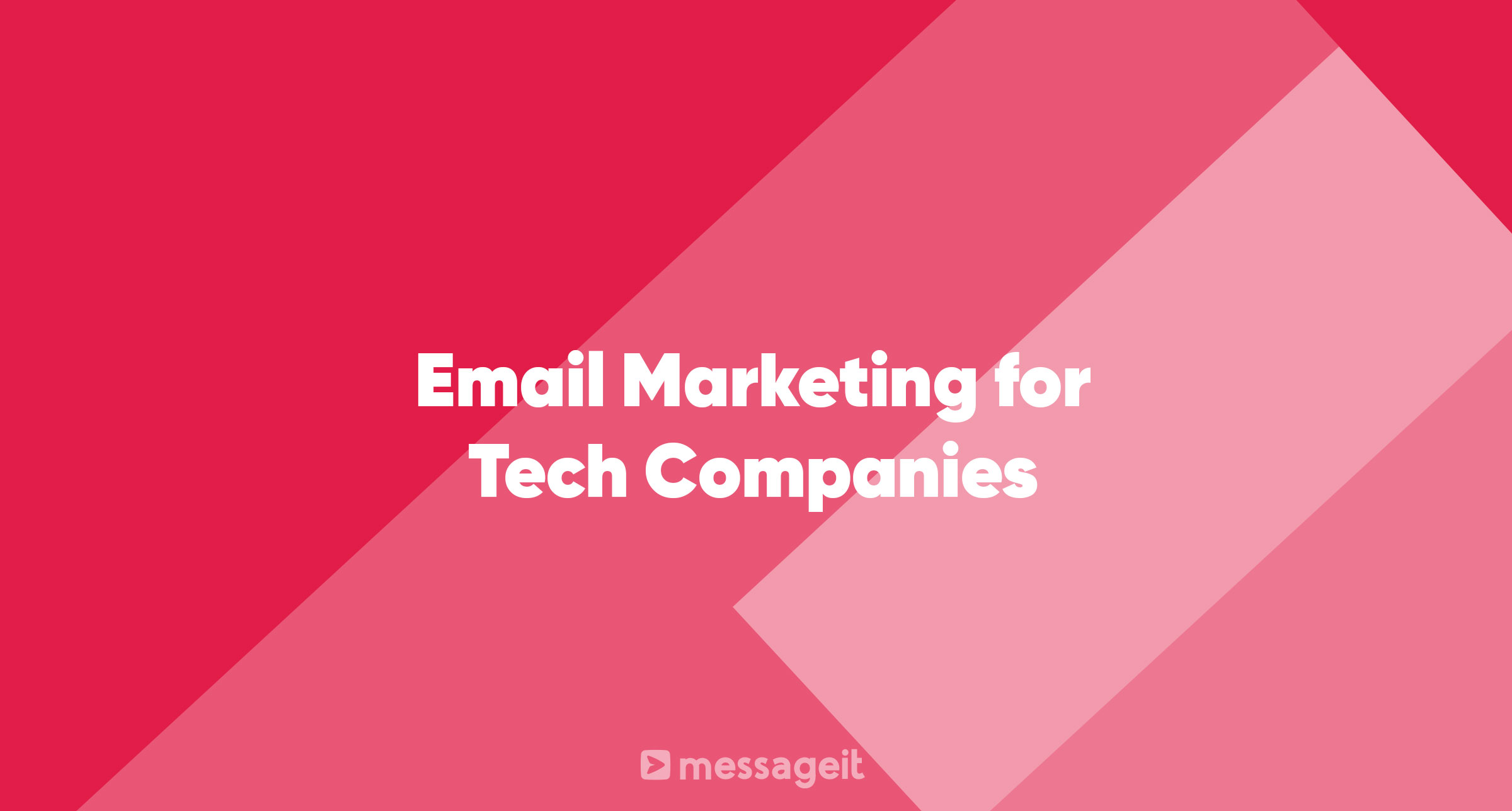Email remains one of the most effective marketing tools, especially for tech companies. It offers a direct line to potential customers, allowing businesses to nurture leads, announce new products, and maintain relationships. For tech companies, where the audience is often tech-savvy and online, email marketing can be particularly potent. Here are some best practices to ensure your email marketing strategy is top-notch.
1. Segment Your Audience
Not all subscribers are the same. Some might be potential customers, some might be existing clients, and others might just be interested in industry news. Segmenting your audience allows you to tailor your content to each group, increasing relevance and engagement.
- Demographics: Age, location, job title.
- Behavior: Past purchases, website activity, email engagement.
- Stage in the sales funnel: New leads, warm leads, loyal customers.
2. Craft Compelling Subject Lines
Your subject line is the first thing recipients see. It can be the difference between an opened email and one that's sent straight to the trash.
- Keep it short: Aim for 50 characters or less.
- Be clear and concise: Avoid jargon.
- Use action words: "Discover", "Learn", "Get Started".
- Test variations: A/B testing can help determine what resonates best with your audience.
3. Responsive Design is a Must
Tech audiences often access emails from various devices, including desktops, tablets, and smartphones. Ensure your emails look great and function well on all devices.
- Mobile optimization: Over half of all emails are opened on mobile devices.
- Test across platforms: Use tools like Litmus or Email on Acid to see how your email looks on different devices and email clients.
4. Personalize Your Content
Personalization goes beyond just adding the recipient's name. It's about delivering content that's relevant to the individual.
- Use dynamic content: Show different content blocks based on the recipient's behavior or segment.
- Recommend products or articles: Based on past behavior or interests.
- Celebrate milestones: Anniversaries, birthdays, or other significant events.
5. Educate, Don’t Just Promote
Tech audiences appreciate value. Instead of just pushing products, offer content that educates and informs.
- Share industry news: Keep your audience updated on the latest trends.
- Offer tutorials or webinars: Help them get the most out of your products.
- Provide case studies: Show real-world applications and successes.
6. Optimize Your Call-to-Action (CTA)
Your CTA is the action you want the recipient to take. Make it clear, compelling, and easy to find.
- Use action-oriented language: "Download Now", "Register Here".
- Make it stand out: Use contrasting colors and ample spacing.
- Limit choices: Too many CTAs can overwhelm and confuse.
7. Maintain a Clean List
A list full of inactive or unengaged subscribers can hurt your deliverability and skew your metrics.
- Regularly prune your list: Remove inactive subscribers.
- Use double opt-in: Ensure subscribers genuinely want to receive your emails.
- Segment inactive users: Try re-engagement campaigns before removing them.
8. Respect Privacy and Regulations
With regulations like GDPR and CCPA, it's crucial to respect privacy and be transparent.
- Always include an unsubscribe link: Make it easy for users to opt-out.
- Be transparent: Clearly explain how you'll use subscribers' data.
- Stay updated on regulations: Ensure compliance with all relevant laws.
9. Analyze and Adjust
Regularly review your metrics to understand what's working and what's not.
- Monitor open and click-through rates: These are basic indicators of engagement.
- Track conversions: Are recipients taking the desired action?
- Survey your audience: Get direct feedback on your content and approach.
10. Test Regularly
What worked a year ago might not work today. Regularly test different elements of your emails to optimize performance.
- A/B test subject lines: Find out what grabs attention.
- Test send times: Determine when your audience is most active.
- Experiment with content formats: Videos, infographics, long-form articles, etc.
Conclusion
Email marketing, when done right, can be a powerful tool for tech companies. By understanding your audience, delivering valuable content, and continuously optimizing your approach, you can build lasting relationships and drive business growth. Remember, it's not just about selling a product; it's about providing value and building trust.
